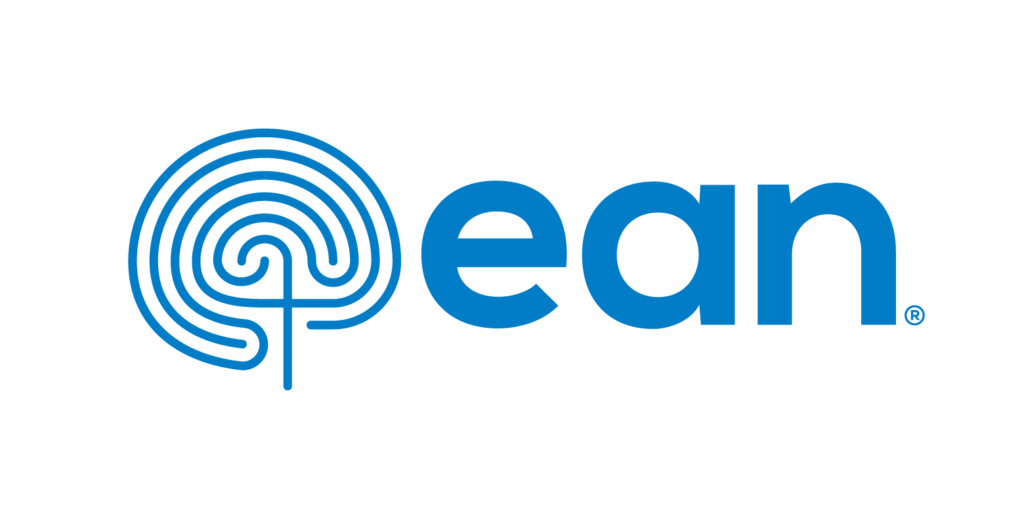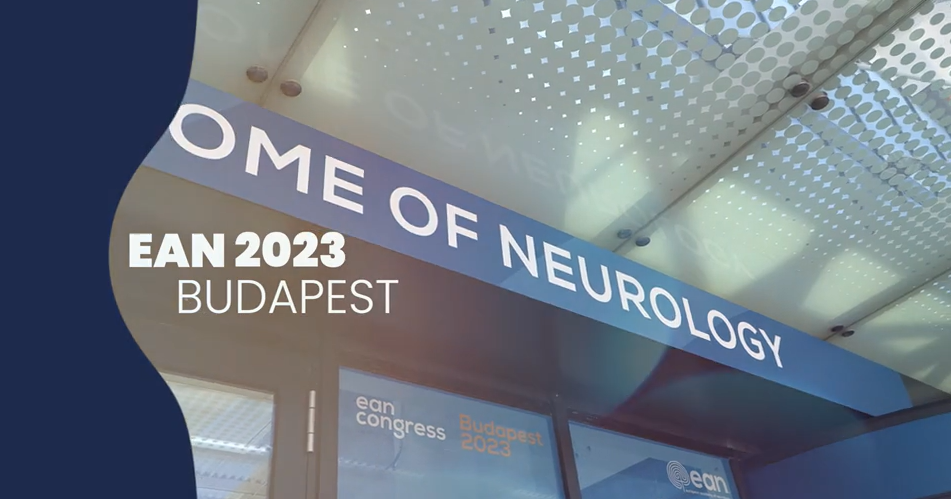Epilepsy
An Introduction to Epilepsy
Epilepsy is one of the most common neurological disorders, affecting around 50 million people worldwide. Advances in epilepsy imaging and treatment (e.g. ablative and neurostimulation procedures, and new antiepileptic drugs) have decreased seizure frequency and severity. Yet unmet needs remain with approximately 30% of people with epilepsy refractory to pharmacotherapies. Novel therapeutic targets include AMPA receptors, potassium channels and synaptic vesicle protein 2A. Ongoing developments and improved understanding of the genetics of epilepsy subtypes may provide patient-specific solutions.
Browse video highlights and short articles from the conference hub, providing insights into the latest updates from major conferences and peer-reviewed articles from our journal touchREVIEWS in Neurology. This is complimented by a range of educational activities developed in collaboration with our leading expert faculty.
Our supporting partners do not constitute an endorsement of the content on this page.
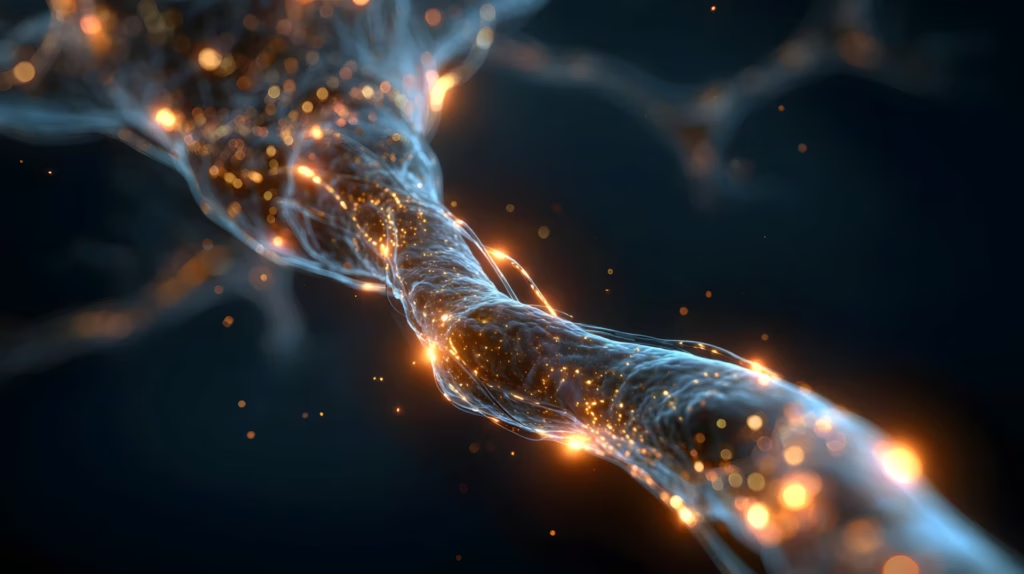
Epilepsy affects approximately 1% of the global population, with one-third of patients remaining refractory to medical therapy.1 Drug-resistant epilepsy (DRE), defined as the failure of two appropriately chosen antiseizure medications (ASMs) to achieve seizure freedom, poses significant risks, including injury and ...

Dravet Syndrome UK has launched the Little Moments Matter Awards, a new programme that celebrates the healthcare, social care and education professionals whose dedication provides vital support to families living with Dravet syndrome. Nominations are open until 31 August 2025, and the winners will be announced at DSUK’s Professionals Conference in November.

Physician burnout is at a critical point. In this episode, Nicky speaks with Dr Alfred Atanda about why so many physicians are burning out and what can be done to change the trend. From personal experience to system-wide solutions, Dr Atanda shares valuable insights on improving physician well-being and building a more effective healthcare culture.

In this episode, we explore the future of continuing medical education (CME) with the team behind touchIME. Hannah Fisher and Matthew Goodwin share insights into global and US trends, the importance of patient inclusivity and how educational outcomes are evolving to better measure the direct impact of learning on clinical practice and patient care.

Seizures are one of the most frequent neurological disorders in neonates − the incidence of seizures in infants born at term is 1–3 per 1,000 live births, and is even higher in both preterm and very-low-birth-weight infants at 1–13 per 1,000 live births.1 Seizures may ...

In this episode, we’re joined by Bradley Love, Professor of Cognitive and Decision Sciences at UCL, ELLIS fellow, and creator of BrainGPT. We discuss how this large language model is poised to assist researchers in advancing their work.
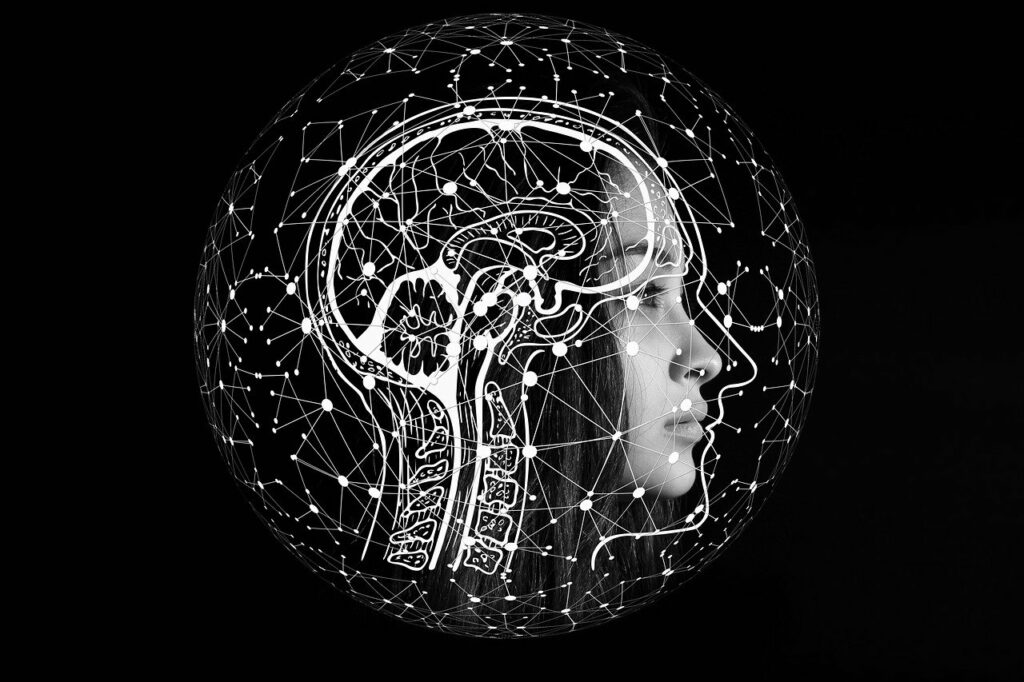
A new guideline has been issued to assist neurologists and clinicians in selecting the best anti-seizure medications for people with epilepsy who may become pregnant. Published in Neurology, the guideline is a collaboration between the American Academy of Neurology (AAN), the American Epilepsy Society (AES) and the Society for Maternal-Fetal Medicine (SMFM), with endorsement from the Child Neurology Society. It updates parts of the 2009 AAN and AES guidelines regarding birth malformations and child development in children born to people with epilepsy.

We're excited to launch a new series of expert Q&As with our editorial board, highlighting their career milestones, top advice, and future insights in their specialties. In this first interview we are honoured to welcome Dr Ruben I Kuzniecky, MD, an internationally recognized leader in epilepsy, epilepsy surgery and neuroimaging.
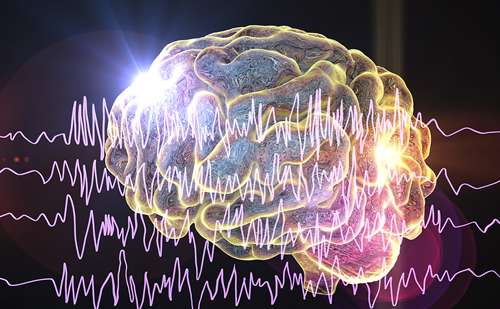
Affecting over 70 million patients worldwide, epilepsy is a chronic neurological disorder characterized by intermittent bursts of hyper-synchronous neuronal discharges.1 The manifestations are variable but reflective of the unique milieu and biology of epileptogenic foci.2 Pharmacological treatment with antiepileptic drugs (AEDs) ...
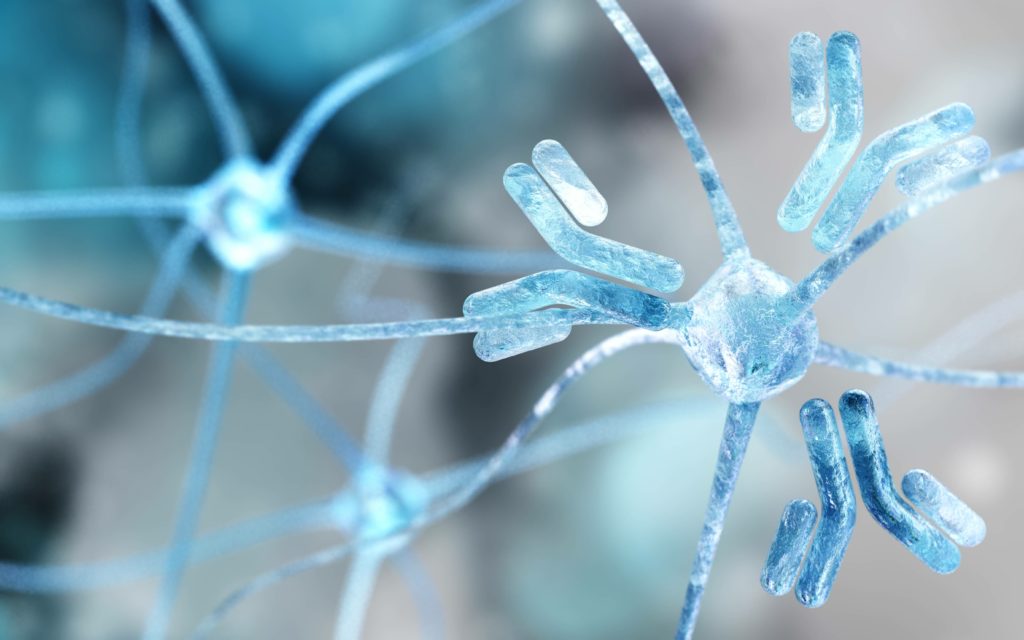
Rescue medications are an important part of the treatment regimen for patients with intractable epilepsy, specifically those who experience seizure clusters or prolonged seizure episodes. Rescue medications are prescribed to end seizure activity quickly and effectively in order to prevent ...

In this interview with touchNEUROLOGY, Prof. Jacqueline French (Comprehensive Epilepsy Center, New York University, New York, NY, US) discusses the needs of adults with focal epilepsy and the mechanisms of action of XEN1101, a novel, potent, selective Kv7.2/7.3 potassium channel. ...

The randomized, double-blind, placebo-controlled phase IIb study X-TOLE (NCT03796962) is investigating the efficacy of XEN1101, a novel potassium channel modulator, in adults with focal epilepsy. In this interview with touchNEUROLOGY, Prof. Jacqueline French (Comprehensive Epilepsy Center, New York University, New ...
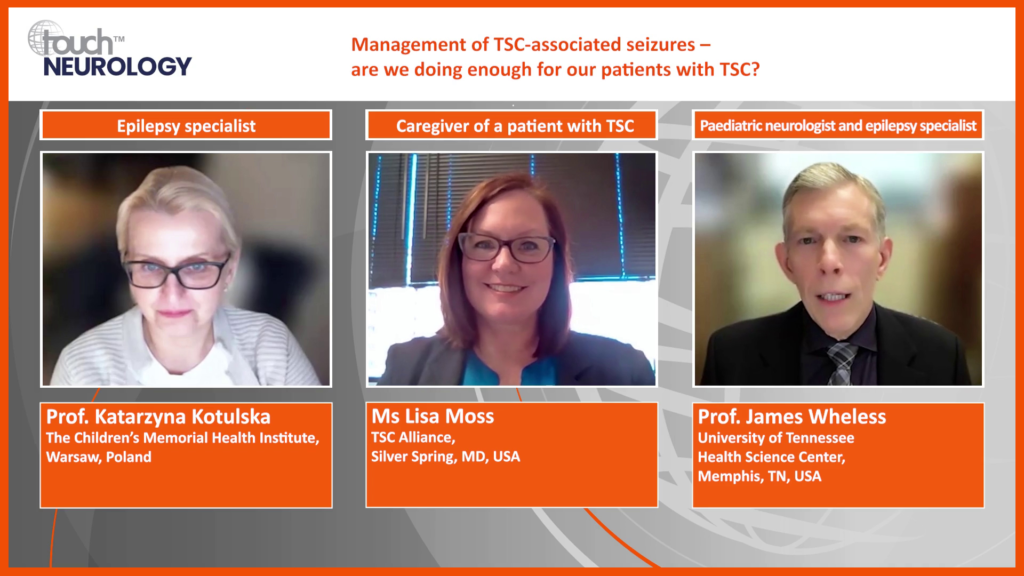
MDT specialists and a caregiver of a patient with tuberous sclerosis complex (TSC) discuss current and emerging management strategies for TSC-associated seizures.









The surge in social media use seems to have become a sign of our times. Social media has ramified into not only our personal lives but, importantly, also our professional lives and will continue to do so in the future.1–4 ...
Latest articles videos and clinical updates - straight to your inbox
Log into your Touch Account
Earn and track your CME credits on the go, save articles for later, and follow the latest congress coverage.
Register now for FREE Access
Register for free to hear about the latest expert-led education, peer-reviewed articles, conference highlights, and innovative CME activities.
Sign up with an Email
Or use a Social Account.
This Functionality is for
Members Only
Explore the latest in medical education and stay current in your field. Create a free account to track your learning.


